Review: HEDD Audio HEDDPhone
Something new this way comes. These new cans, courtesy of German manufacturer HEDD, might just represent a more forensic way to monitor our mixes.
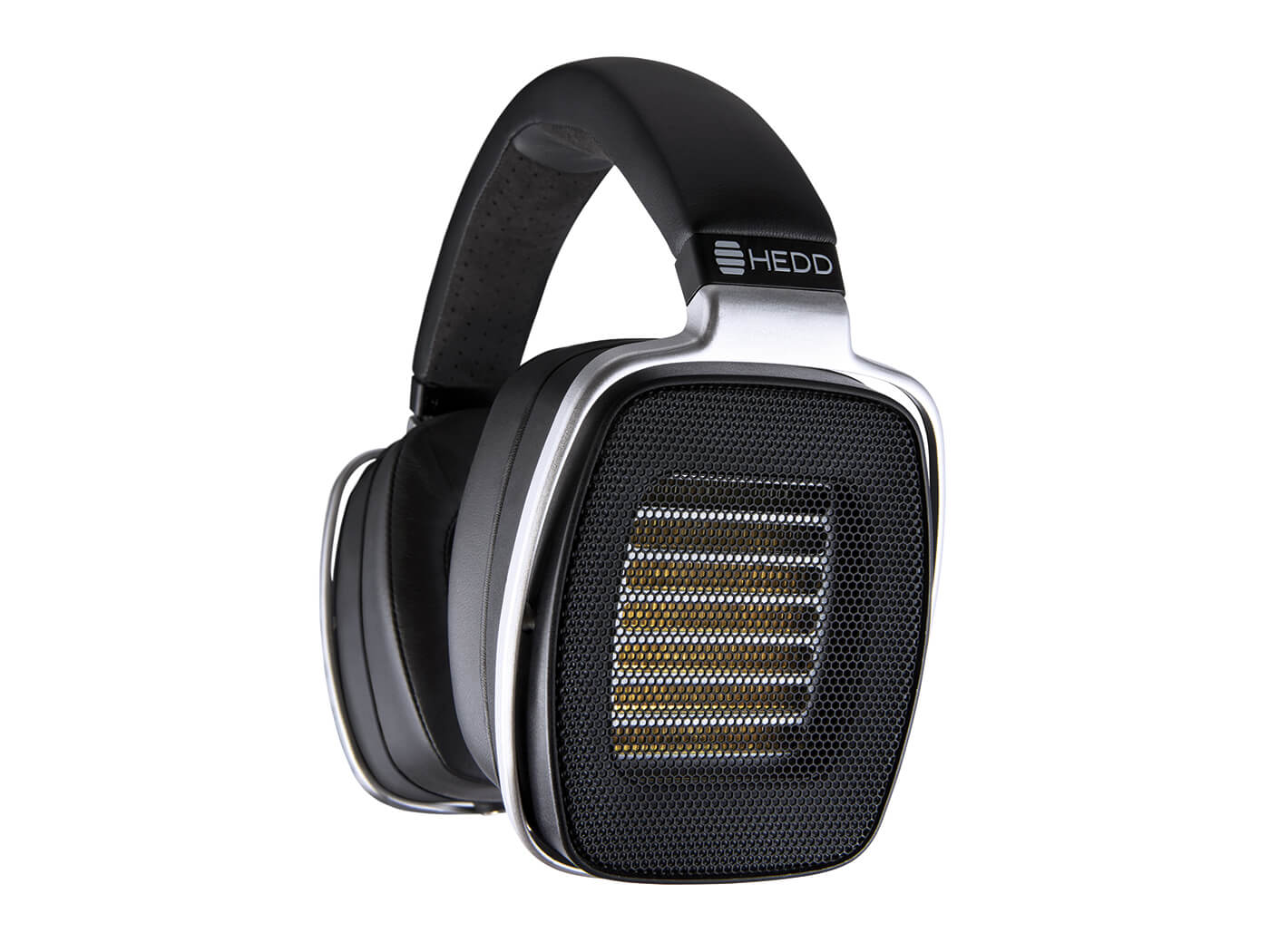

Price £1,479
Contact HEDD Audio
Headphones come in all shapes and sizes and the new HEDDphone is a large open-back, over-ear (circumaural) design. It has a detachable cable, soft exchangeable earpads and can be adjusted to fit all potential users. And that’s pretty much where the HEDDphone’s similarity to all other models we’ve reviewed ends.
Like microphones, headphones are transducers and can be designed using various technological principles. Most common, certainly for headphones, is the dynamic type, working rather like an SM58 (or similar) in reverse. Electrostatic headphones are rare outside of audiophile hi-fi circles and operate along the same lines as condenser mics. Planer-magnetic headphones offer a third option and just as ribbon microphones are a ‘type’ of dynamic mic, the planer’s operating principle is electromagnetic induction.
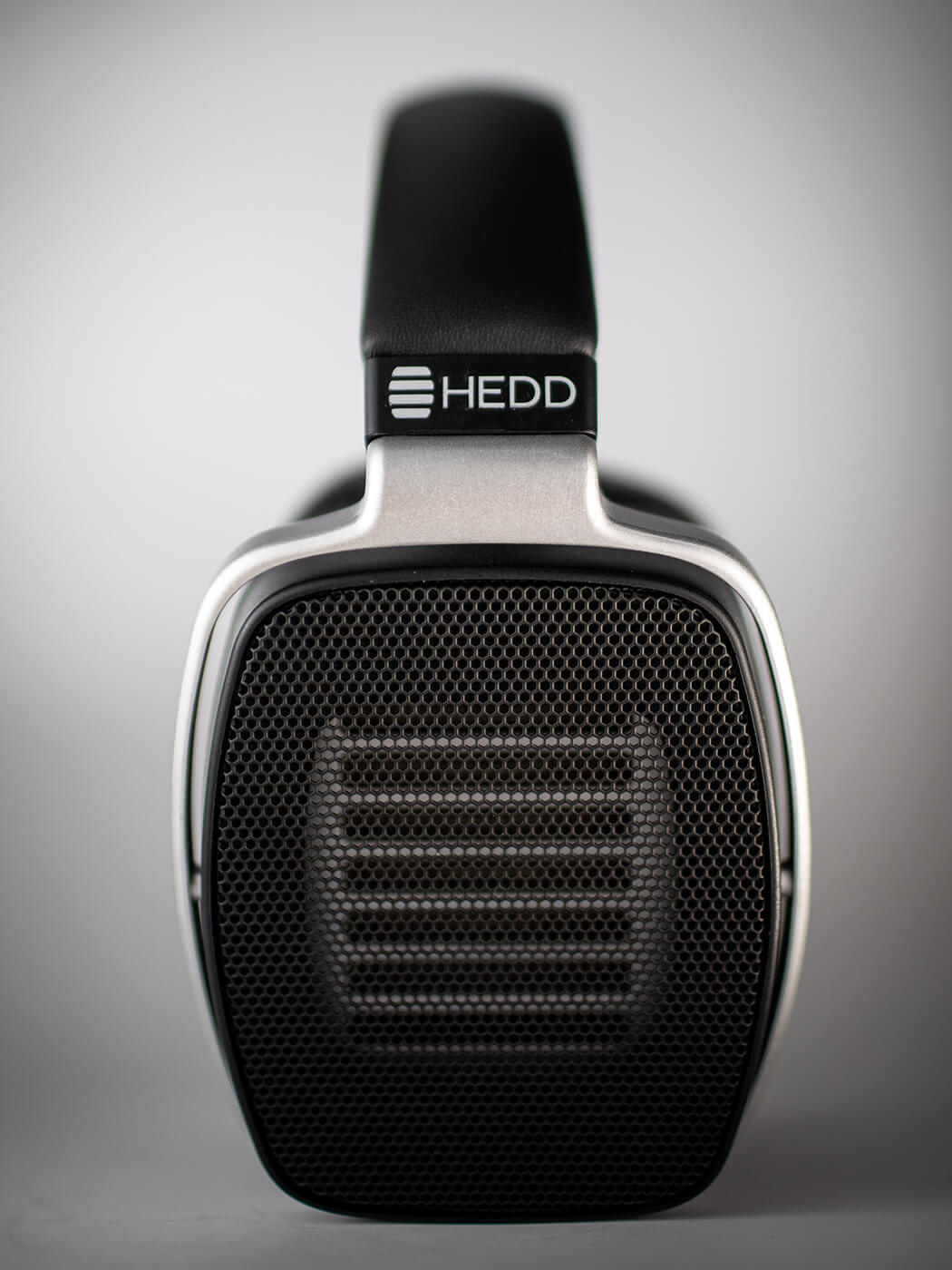
HEDDstart
Berlin-based HEDD – Heinz Electrodynamic Designs – utilises Air Motion Transformer (AMT) technology in the HEDDphone to produce a brand-new product currently unique in the audio market. AMTs are becoming increasingly common in studio monitors as tweeters, mated with one or more conventional mid/bass cone drivers. Their popularity is due to their speed, offering trip-hammer transient response traditional dome tweeters struggle to match.
Where AMTs have fallen short in the past is in their ability to reproduce low frequencies, but HEDD have expanded this transducer principle for the HEDDphone enabling a remarkable frequency response of 10Hz – 40kHz.
While all other transducer types operate with a piston-like motion, moving air in a 1:1 ratio, AMTs have a folded diaphragm that squeezes air in and sucks it out, like an accordion, at a ratio of 4:1; this makes them four times faster than other transducers.
HEDD founder and CTO Klaus Heinz is a pioneer of AMT technology having designed the first compact and practical
tweeter 30 years ago. His designs had previously been incorporated into ADAM Audio’s highly regarded monitors, which were many a Sound Engineer’s first experience of Air Motion Transformer tweeters.
Heinz’s full-range AMT is a result of HEDD’s proprietary VVT (Variable Velocity Transform) technology, which allows the AMT principle to be used as a full-range headphone speaker by way of variable diaphragm geometry. This means that instead of the diaphragm’s folds being equal, as they are in regular AMT tweeters, the folds are irregular, allowing full-range frequency response in a headphone design.
Technical data aside, we can’t avoid the elephant in the room, so to speak; they are absolutely huge! Some of us remember the outsized cans of the 1970s and 80s before slimmer designs became fashionable, yet the HEDDphone dwarfs many of those old relics.
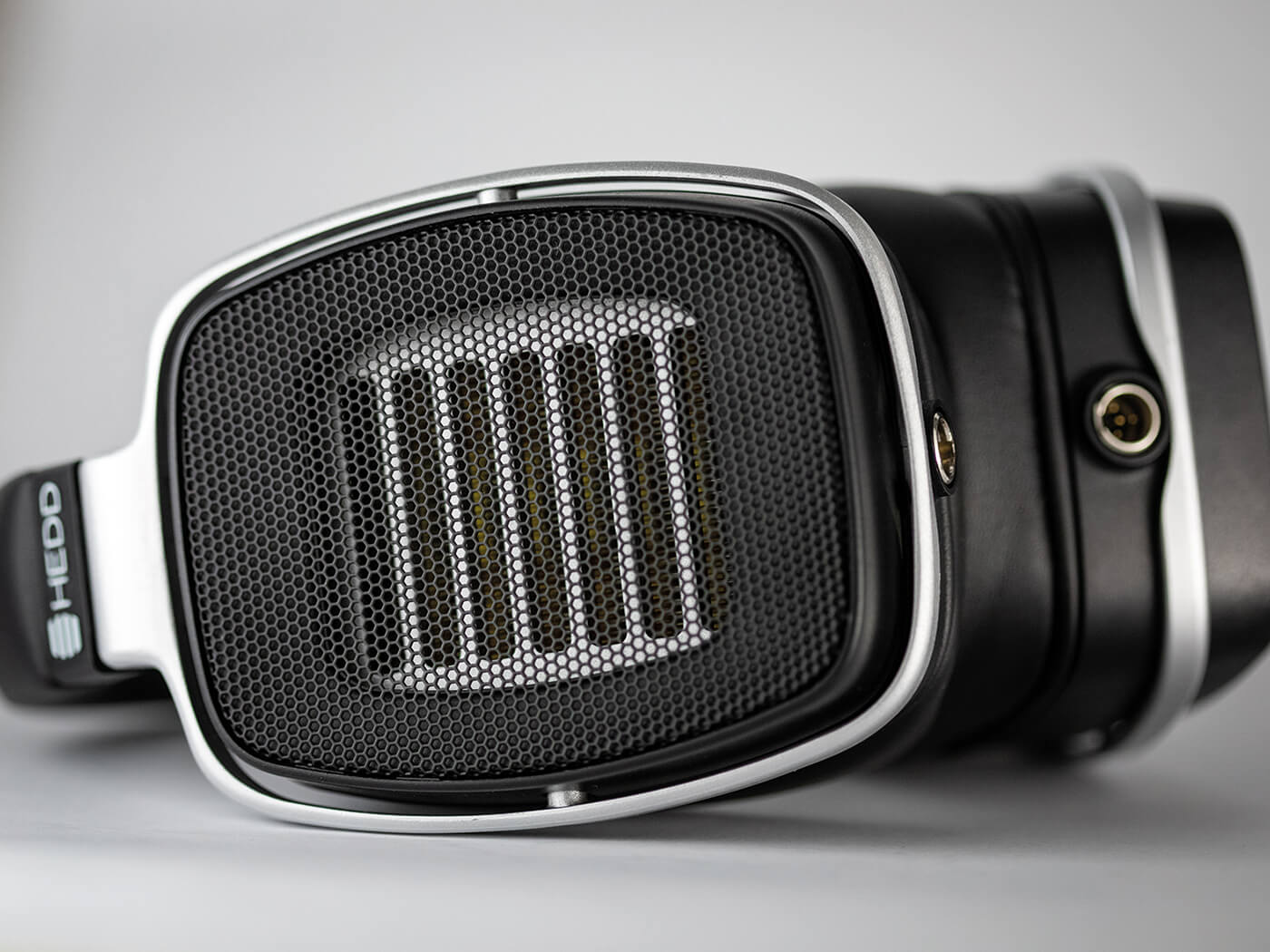
Master of magnetism
The HEDDPhone’s cans are certainly sturdy enough, however HEDD advises to keep the ‘phones away from Ferro-magnetic objects such as small screws as the magnetic field of the drivers can pull them to the folded diaphragm. They are sensitive to movement too and a quiet crackling sound may sometimes be heard when adjusting them. This is a result of air pressure hitting the diaphragm but doesn’t harm the drivers or impair performance. No crackling is evident in normal use once correctly adjusted.
The cabling is high quality and connects to the headphones with mini XLR connectors. A standard quarter inch jack connects to your amplifier, indicating that connecting to a mobile phone or similar portable devices is not what the HEDDphone is designed for.
A good, reasonably powerful headphone amp is needed to drive these and I find myself turning up the volume control higher than I normally would with my reference ‘phones.
These really are for studio or home use then, so those needing do-it-all headphones that can also be used on the move would be better served elsewhere. In any case, anyone walking along the street with them on would look quite comical. One observer who saw me wearing them remarks that if I sprayed myself silver I could pass for a Cyberman in Doctor Who!
Their large dimensions also means that at 718g, they are on the heavy side. Even during lengthy monitoring sessions you won’t forget you’re wearing them. That’s not to say they are uncomfortable though, as the earpads are generous and soft, providing a snug fit.
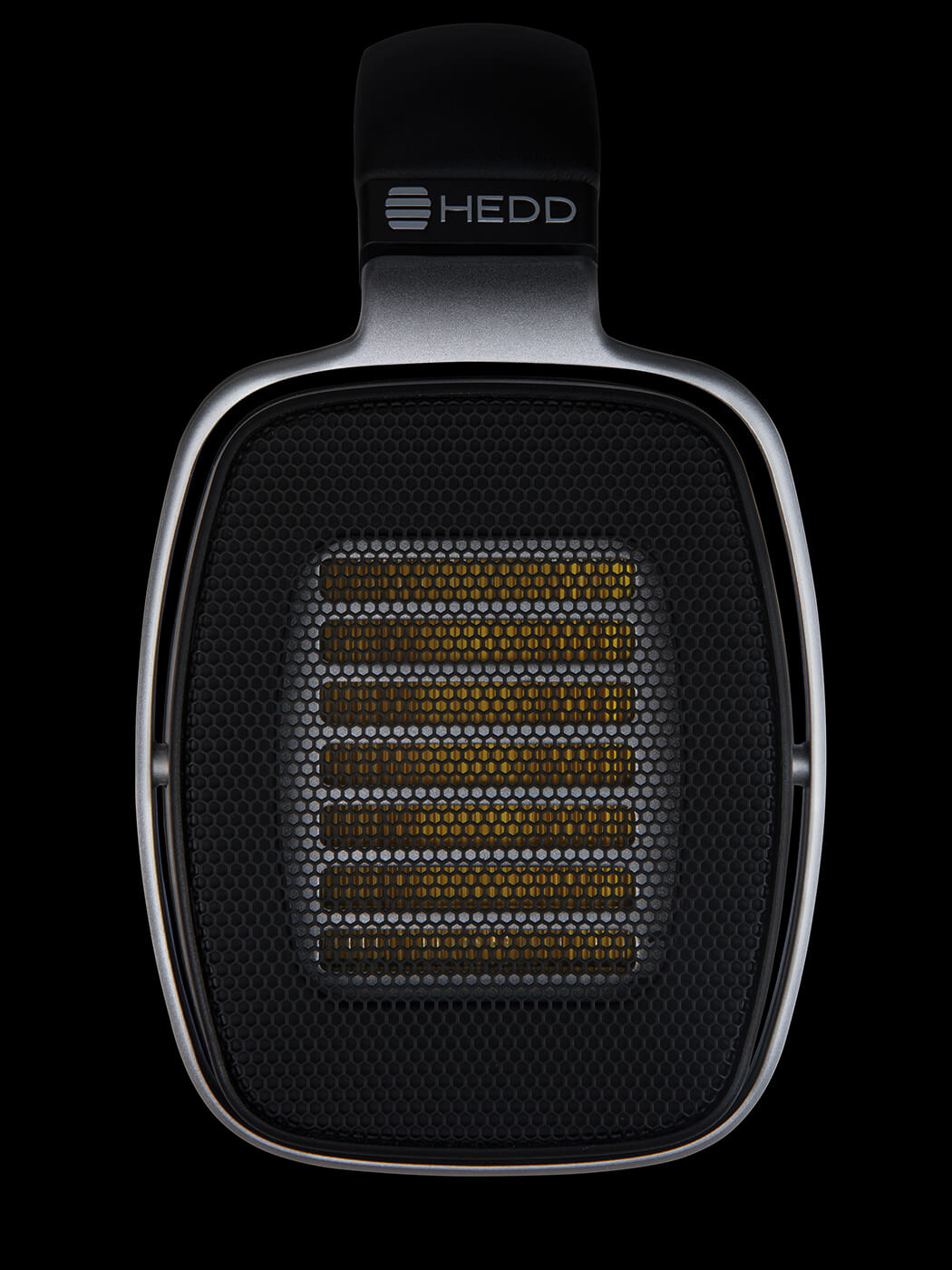
The HEDD test
Listening commences with a bunch of familiar test-tracks regularly used when assessing monitoring systems of all types. David Bowie’s Ashes To Ashes always highlights monitors’ strengths and weaknesses, with only the very best able to combine the track’s tight rhythmic groove, midrange separation and spacious ambient cues in correct proportion.
Smaller nearfield monitors and many headphones make a fudge of the bottom end with overblown mid-bass to compensate for the lack of satisfyingly deep bass. Here, the HEDDphone delivers clean, deep low frequencies with no sense of bloom or flab, preserving the locked-in kick drum and bass guitar parts with optimum tautness.
Midrange detail is precise with none of the glare or hype that brightly balanced headphones exhibit. Similarly many subtle effects, such as sudden bursts of spot-reverb are not masked or glossed-over as I often find with cheap cans.
Imaging can be something of an abstract concept at the best of times and headphones give a different account of the stereo soundstage than remote monitors, however the HEDDphone avoids the shut-in sensation some designs provoke – especially noise-cancelling types – to give a real sense of surround sound.
Using them to check and adjust some ‘final’ mixes reveals the HEDDphone’s almost nonchalant attitude to the accuracy of broad mid-range tone and balance. They don’t feel the need to shout or tart-up treble frequencies with unnecessary polish.
As the super-top frequency response is naturally extended well beyond human hearing ability, there is no aggressive assertion in the spectrum where cymbal strikes occur, for example. The sound of wood hitting metal is natural and lifelike, with no blurring or obscuring of overtones and undertones.
At the other extreme, a low subsonic synth part on the intro of the track is fully reproduced without the almost comical cone-flapping fart that emits from less accomplished designs.
A new way of working
The HEDDphone is a superb monitoring tool, offering forensic insight effortlessly. They do detail for sure, however it’s not the spotlit, mid-forward type of detail that can become fatiguing after a while. In some ways they are more reminiscent of large-scale monitoring systems rather than coming across like the headphone equivalent of NS10 style nearfield monitors.
Tonal balance and timbre quality is first-class, while dynamics are presented nimbly; they may be smooth sounding but they do not smooth over filigree details. Bass quality in particular is astonishingly good, among the best I’ve heard from any headphones at any price. HEDD’s pioneering AMT technology outperforms dynamic transducers resoundingly in this respect.
Size and weight may be an issue for some potential users and the HEDDphone is not an all-rounder to take out for a jog or use on a bus – they are open backed after all. And as open backed ‘phones leak sound, they are not ideal for vocalists to use while recording. However, used as intended in a studio environment, their full-range, truthful sound is an excellent alternative to box-speakers when discrete monitoring is required.
Do I really need this?
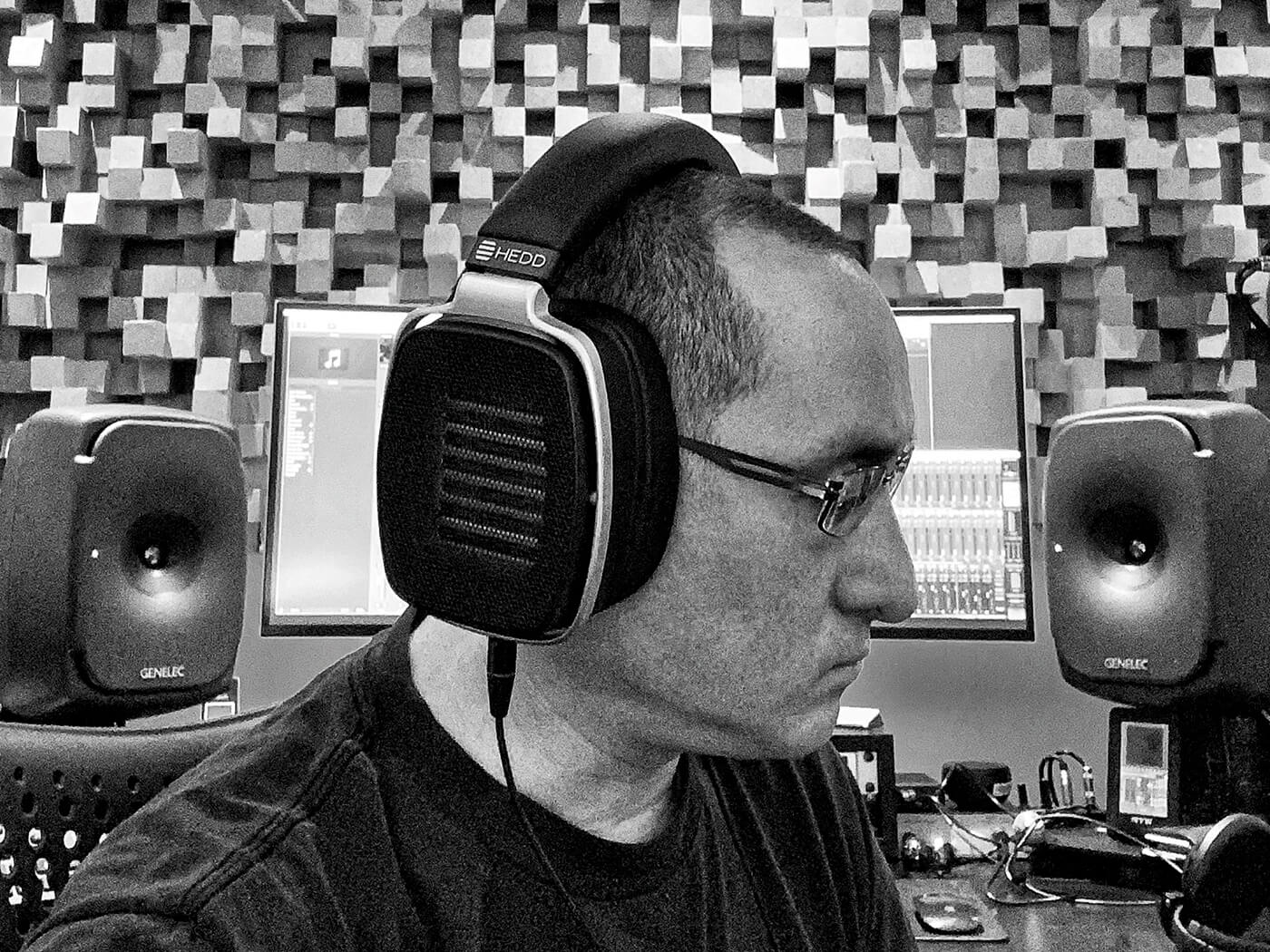
With more of us making music in domestic environments rather than soundproofed studios, headphones are used for monitoring more than ever. Time was when most professional studios had nothing more than a bunch of cheap, lo-fi cans for musicians to use while tracking and overdubbing. Nowadays, producers want headphones to perform as accurately as their main monitors. And as people increasingly consume music in isolation or on the move, checking mixes through headphones makes more sense than ever.
The HEDDphones are an excellent choice for critical listening in a dedicated production suite, whether it be a top-flight studio or a workstation in the corner of a bedroom. They are delicate however, despite their bulky dimensions, so those who would usually shove their headphones in a rucksack when working in multiple locations might be better off with a regular dynamic type.
Key features
- AMT driver technology
- Mini XLR to 6.35mm Jack adapter
- Replaceable earpads
- Frequency response: 10Hz – 40kHz
- 87dB SPL for 1mW
- Impedance: 42 Ohms
- Weight: 718g
Alternatives
Another open-back design said to be the ultimate reference headphones, the K812s impress with their accuracy, pinpoint stereo imaging and comfort. Frequency range of 5Hz – 54kHz offers full-range sound inspiring confidence when mixing.
Austrian Audio
HI-X55 £250
At the other end of the price-range, these ‘phones are produced by ex-AKG designers. They are supremely capable headphones with a full-range sound that is fast detailed and accurate. Their wide and deep soundstage allows precise placement across the stereo spectrum.